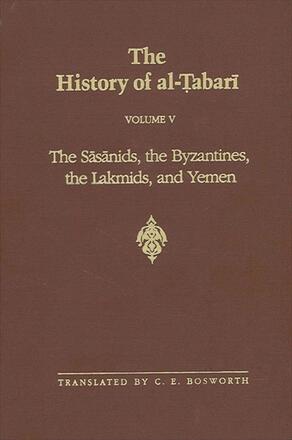
The History of al-Ṭabarī Vol. 5
The Sāsānids, the Byzantines, the Lakmids, and Yemen
Alternative formats available from:
This volume of al-Tabari’s History provides the most complete and detailed historical source for the Persian empire of the Sasanids, whose four centuries of rule were one of the most glorious periods in Persia’s long history.
Description
This volume of al-Ṭabarī's History has a particularly wide sweep and interest. It provides the most complete and detailed historical source for the Persian empire of the Sāsānids, whose four centuries of rule were one of the most glorious periods in Persia's long history. It also gives information on the history of pre-Islamic Arabs of the Mesopotamian desert fringes and eastern Arabia (in al-Hira and the Ghassanid kingdom), and on the quite separate civilization of South Arabia, the Yemen, otherwise known mainly by inscriptions. It furnishes details of the centuries'-long warfare of the two great empires of Western Asia, the Sāsānids and the Byzantine Greeks, a titanic struggle which paved the way for the subsequent rise of the new faith of Islam. The volume is thus of great value for scholars, from Byzantinists to Semitists and Iranists. It provides the first English translation of this key section of al-Ṭabarī's work, one for which non-Arabists have hitherto relied on a partial German translation, meritorious for its time but now 120 years old. This new translation is enriched by a detailed commentary which takes into account up-to-date scholarship.